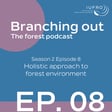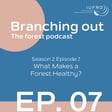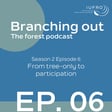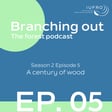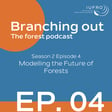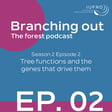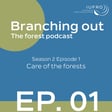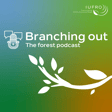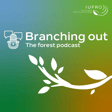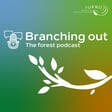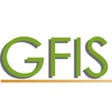
Episode 3: The how of forestry
Dante Bertocci (International Forestry Students’ Association, IFSA) joins Jose Bolaños (IUFRO HQ) to talk to one of Co-Coordinators of IUFRO Division 3: Forest Operations, Engineering, and Management.
René Zamora-Cristales (Oregon State University and World Resources Institute) explains that this Division focuses on how forestry activities are carried out - from seed collection and forest restoration to logging and resource management. He emphasizes that forest operations go far beyond timber harvesting, playing a key role in biodiversity conservation and forest landscape restoration.
He also highlights that meeting global restoration targets, such as 350 million ha of forest landscapes by 2030 goal set by the UN Decade on Ecosystem Restoration, requires careful planning. Without proper operations and engineering, even well-intentioned restoration efforts can fall short.
We invite you to tune in to the Branching Out: the forest podcast. Listen wherever you enjoy your podcasts, and don't forget to follow and review!
More info at iufro.org
